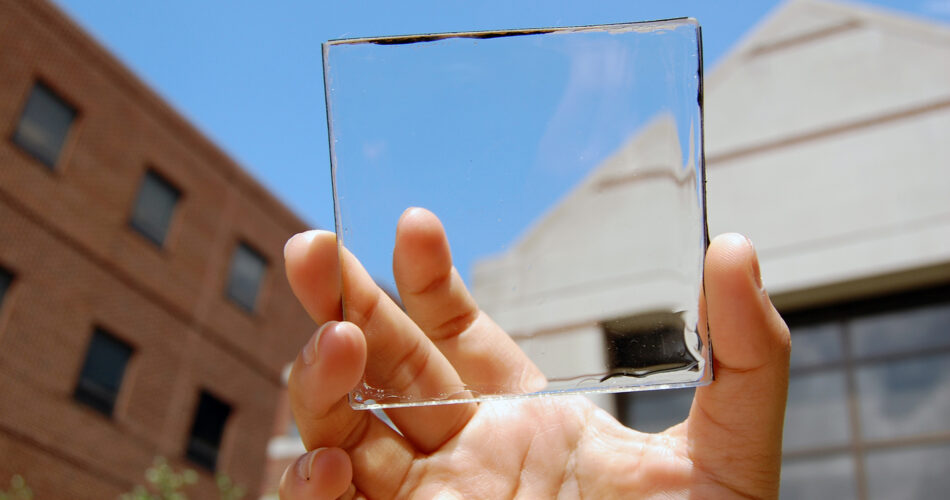In the rapidly evolving world of technology, some innovations garner immense attention, while others, equally groundbreaking, often go unnoticed. As we journey through the 21st century, it’s essential to shed light on these unsung heroes. From energy solutions that challenge traditional norms to computing marvels mirroring the human brain, this list unveils the top 7 underrated inventions that have quietly reshaped our modern landscape.
Neuromorphic Chips
Diving deep into the realms of computing, neuromorphic chips emerge as a fascinating technological marvel. By attempting to emulate the human brain’s intricate architecture, these chips break away from traditional computing models. In layman’s terms, while classical chips process and store data separately, neuromorphic chips can do both simultaneously. This results in more efficient, faster, and responsive computing, making them perfect for real-time AI applications, from autonomous vehicles to advanced robotics.

Transparent Solar Panels
Transparent solar panels harness sunlight while allowing visible light to pass through. These panels consist of organic molecules engineered to absorb specific non-visible wavelengths of sunlight. By focusing on ultraviolet and infrared light, these panels remain nearly invisible to the human eye. This innovative technology integrates seamlessly with windows in buildings or screens on electronics. Imagine skyscrapers generating power without compromising their aesthetic appeal. The applications extend beyond architecture; think about smartphone screens or car windows harnessing energy.
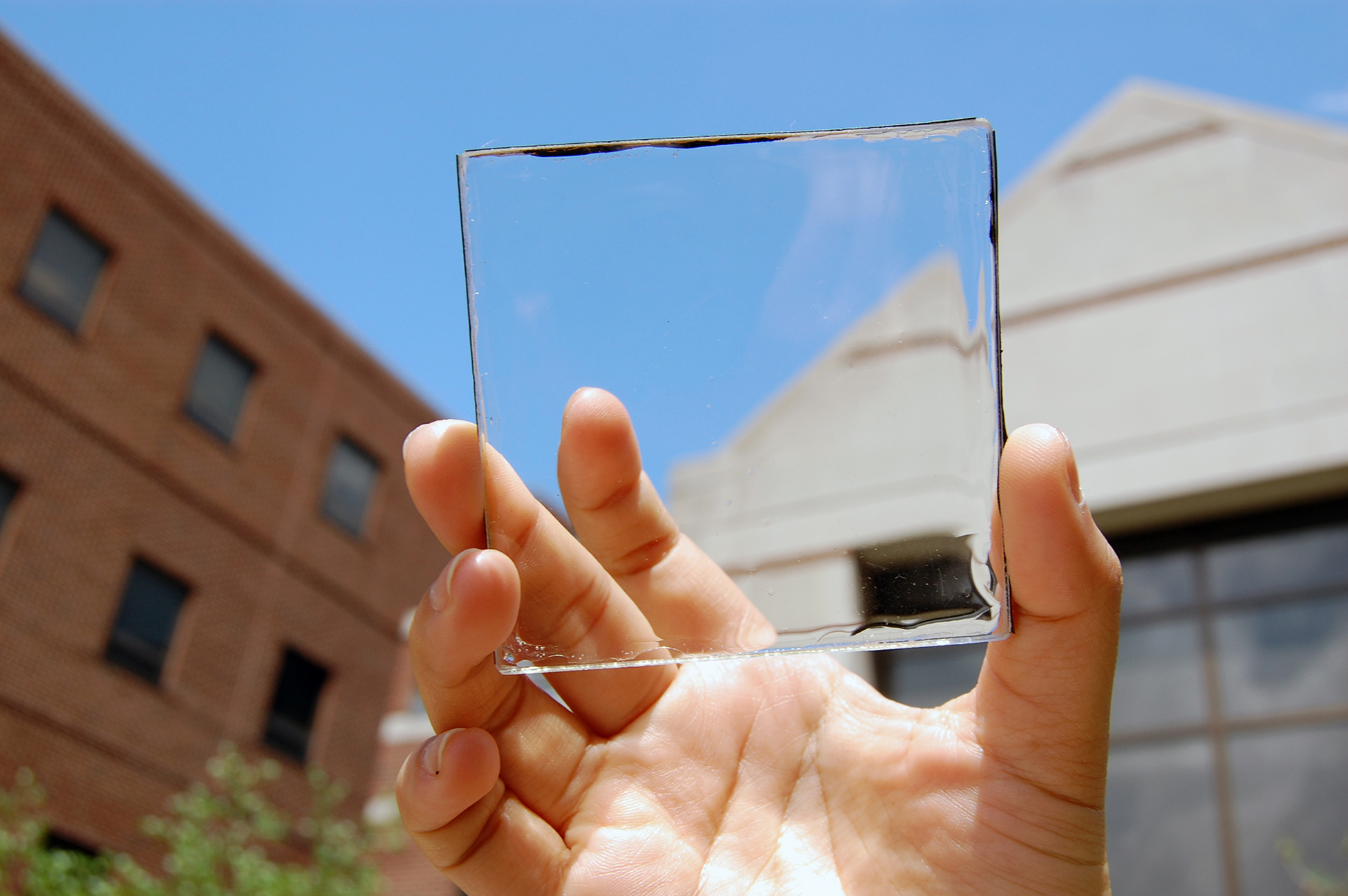
Energy Harvesting Textiles
At first glance, they seem like regular fabrics. However, energy harvesting textiles harness kinetic energy from human movement. Tiny embedded devices within the fabric convert this kinetic energy into electrical power. This technology has vast potential in wearables and health monitoring. Imagine your clothing powering your smartphone or other electronic devices. While most tech enthusiasts rave about batteries, the future might lie in self-powering fabrics. These underrated inventions take wearable tech to another level.
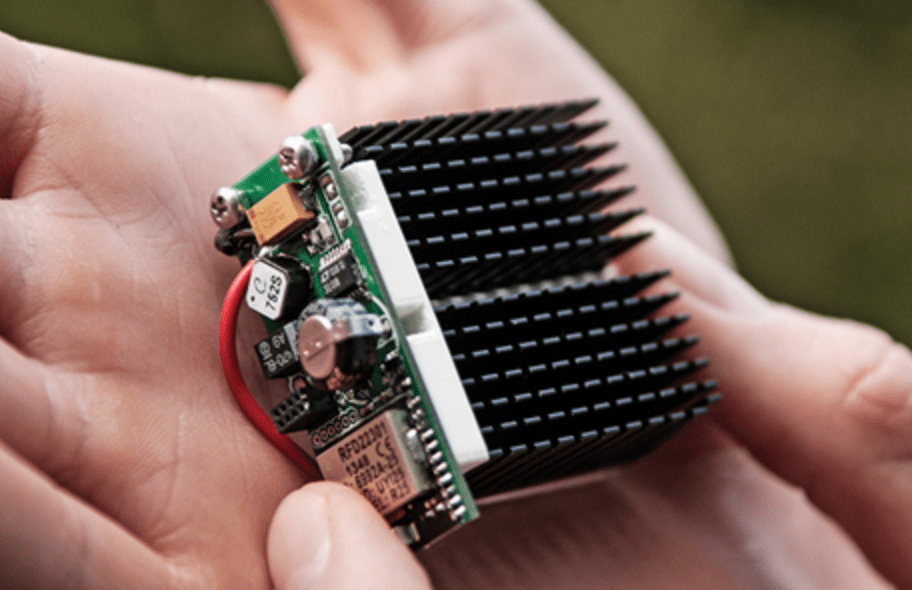
Edible Water Bottles
In an age where sustainability is paramount, innovative solutions to plastic waste are of utmost importance. Edible water bottles offer a fascinating answer. Made primarily from seaweed extracts, these bottles provide a way to store water and other beverages without the long-lasting waste of traditional plastic bottles. Once consumed, the bottle itself can be eaten or, if discarded, biodegrades rapidly. In an era where the tech world is enamored with digital and electronic innovations, sustainability-focused technologies sometimes don’t get the spotlight they deserve.

Solid-State Batteries
Solid-state batteries could very well be the next big thing in energy storage. Unlike the commonly used lithium-ion batteries, which employ liquid electrolytes, solid-state batteries use solid materials. This seemingly small change can drastically improve energy density, meaning more power in a smaller package. Additionally, the removal of liquid electrolytes can significantly enhance the safety of the battery, as it reduces the risk of leakage and fire.
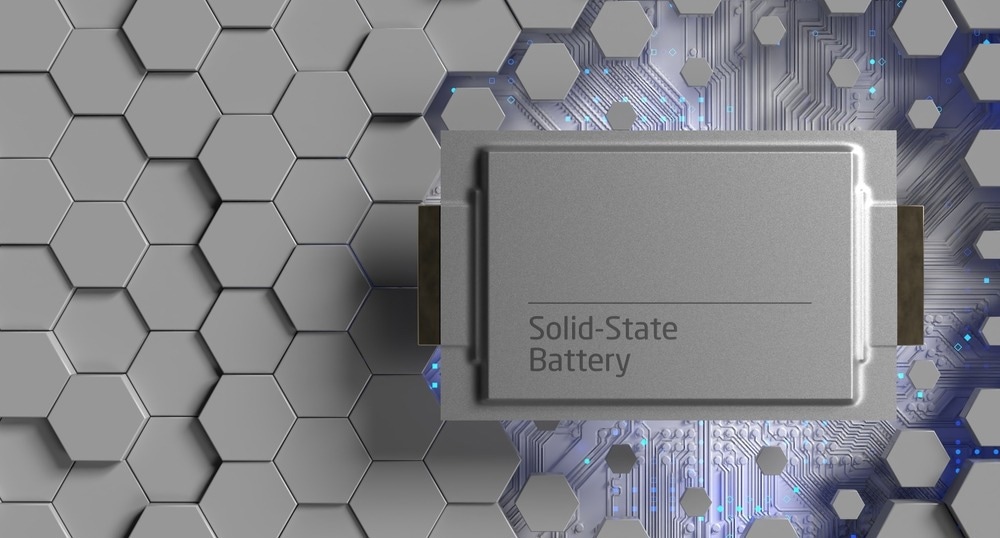
Perovskite Solar Cells
In the quest for renewable energy, solar technology plays a pivotal role. Most of the current solar panels use silicon as their primary material. Enter Perovskite solar cells, a novel contender that might reshape the solar industry. Not only are they potentially cheaper than their silicon counterparts, but they also offer flexibility, which could lead to diverse applications – think rollable solar panels or solar fabrics. However, like many groundbreaking technologies, they’ve had their challenges, primarily in terms of durability.
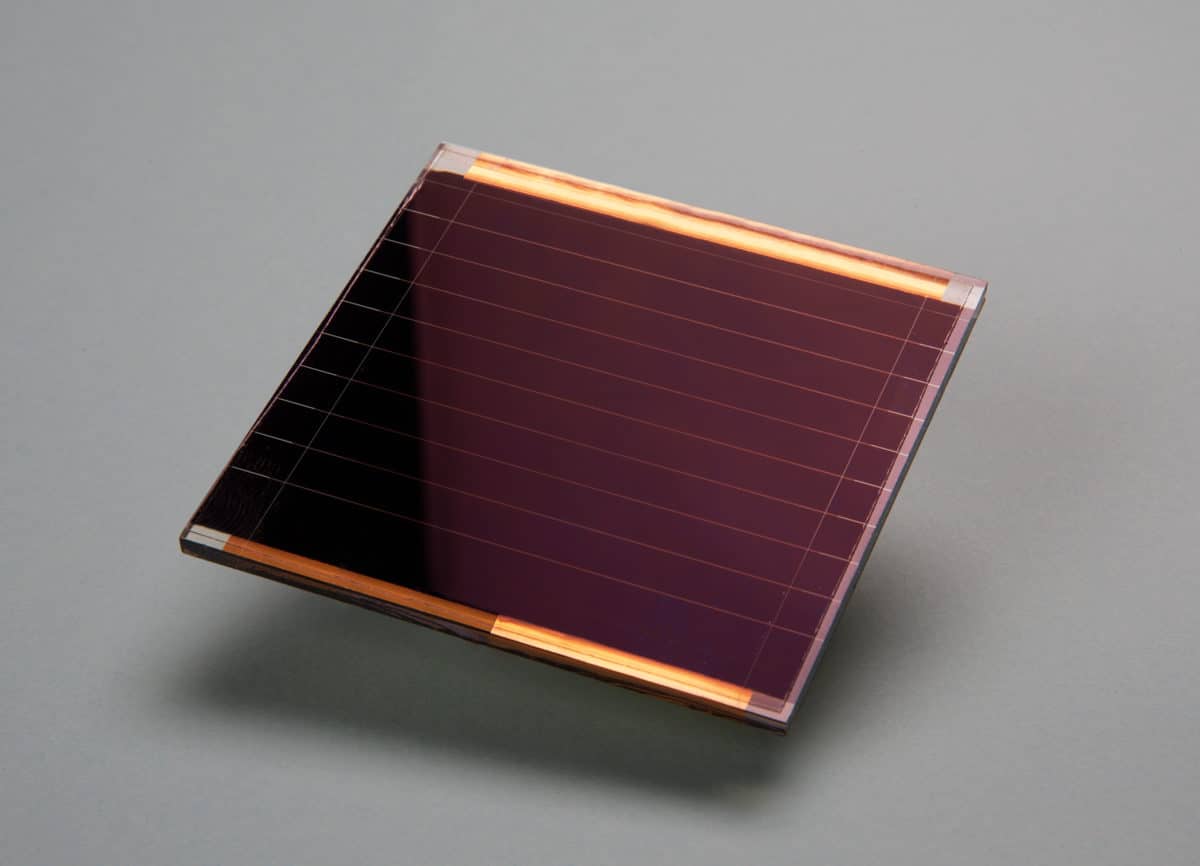
3D Bioprinting
3D bioprinting involves using cells to print living tissues and eventually organs. Layer by layer, biocompatible materials and cells are deposited to form functional living systems. This technology could revolutionize organ transplants and drug testing. Instead of waiting for donor organs, hospitals could potentially print customized organs. Although often eclipsed by traditional 3D printing, 3D bioprinting holds life-saving potential. While still in early stages, rapid advancements hint at a promising future.

